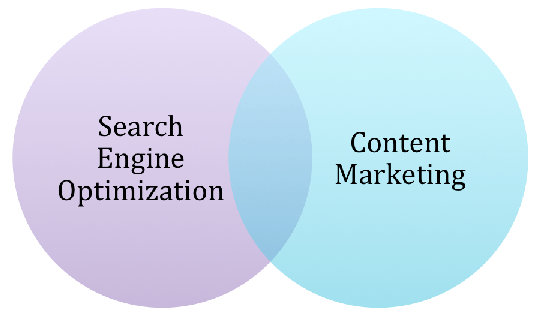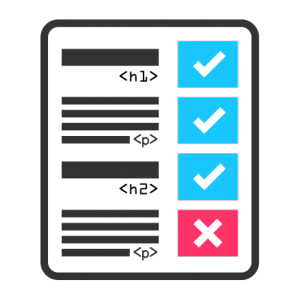I hope you enjoy reading this blog post.
If you want to get more traffic, Contact Us

Click Here - Free 30-Minute Strategy Session
Be quick! FREE spots are almost gone for this Month. Free Quote

Planning to get to the top of the search engine results pages? Well, then you should be knowing the major ranking elements to focus on. One such element is SEO content.
“SEO Content” is one of the top three search engine ranking factors that help marketers like you to get to the top – as declared by the Google. So, what makes content great from the SEO point of view.

Click Here – Free 30-Minute Strategy Session
Be quick! FREE spots are almost gone for this Month
In this article, we have made an attempt to outline the elements that make top-quality SEO content, that is, the search engine optimization content.
There is no alternative to effective content marketing when it comes to modern day SEO. Like how wheels without engine will leave to peddling, similarly web content without a proper SEO content strategy cannot survive in the digital marketplace.
Similarly, SEO without any content is also like a new vehicle, which just does not go anywhere. Content requires SEO to cut through the competition among several thousand SEO articles out there.
Google has declared that “SEO content writing” is one of the top three factors that are critical to rank higher organically. So, what does that imply? Definitely not any piece of content.
Unfortunately, search engines do not just hand out checklists to top-quality content. They never will. It means that it is up to you to geek out and study results, dig Google Analytics and create huge spreadsheets. This is where content optimization comes into picture.
Wondering how to write SEO content? We have done the hard work for you and have presented you with the following checklist.
Most of the marketers still have the habit of waiting till the content creation to implement SEO strategies. While SEO is a promotional tool, this is not the way it has to be brought in.

Figuring out what you have just created and then trying to fit in the SEO links and keywords is a bad strategy that just does not work. But this is not the case with a good SEO content strategy.
n effective content strategy begins with a thorough user intent and keyword research. When you are aware what kind of queries your audience is searching and know the kind of content they seek, you can design your content to address their needs.
Creating content that answers their queries will make them effortlessly move down the funnel. Basically, top-quality content:

Good SEO always focuses on good user experience. When users are kept engaged, they tend to consume more and more content, interact with the content and also share it.
So, right from the details of the page layout to the overarching structure, pay attention to everything and ensure that your are creating great content.
There are numerous factors that make a piece of content “great”, “thought leadership” or “sticky”. They are worth considering and every piece of content should have at least a few of them, these include:
Next, as you go ahead with content designing, do not forget to keep the audience in mind. After all, you should be writing for the users, while making it comprehensible to the search engines and definitely not vice versa.
High quality content:
There is nothing as unsettling as a typographic error in a piece of content that is otherwise just great. Although there is not strong evidence at this point, grammar is a critical ranking factor, it is more of a user experience or credibility concern.
In addition, providing links to other authoritative sites and citing the resources is a good practice and is also good SEO. Good outbound links tell search engines that you know what you do and also you associate your brand with the right crowd.
So, correct content will have the following characteristics:
Of course you would have begun with the user intent research as well as keyword research. But, this is not all about understanding which words will apply to which content.
Instead, it is all about understanding how to make use of the researched keyword in a particular piece of content (the content under question).
While keyword stuffing is totally out, it is also extremely ineffective and could even prove to be dangerous. This means that Google is extremely savvy when it comes to keywords.
All these doesn’t mean that SEO is over, it simply means that SEO should be used appropriately.
Also, it is important to note that users often look for keywords; Google recognizes common synonyms, also when users type a particular search phrase they seek the bold keyword in the SERPs.
While checking for the keyword usage in your content, you should ensure that:
Technical SEO is certainly a different thing altogether. Mostly technical SEO factors will be sitewide issues, which have to be audited. Before you begin SEO content optimization, all these should be fixed.
Here are some technical considerations that are specific to content:
The best way to work it out is to do thorough user intent and keyword research and develop your own SEO content strategy. You can then go ahead and do some A/B testing to check what works.
All the best!

LEAVE A REPLY